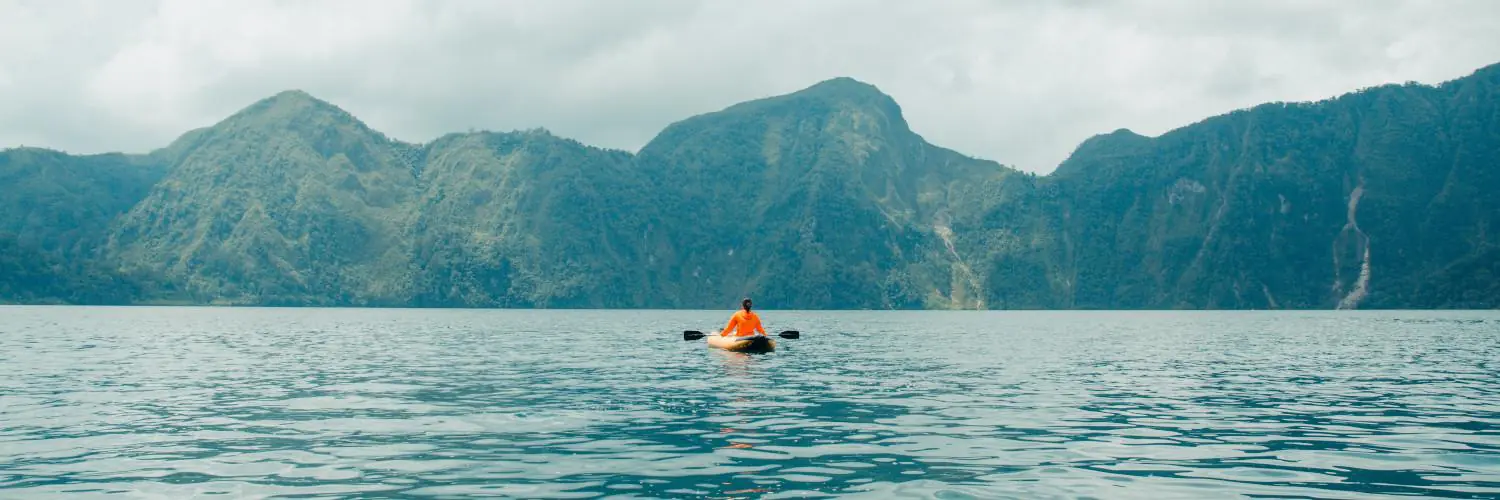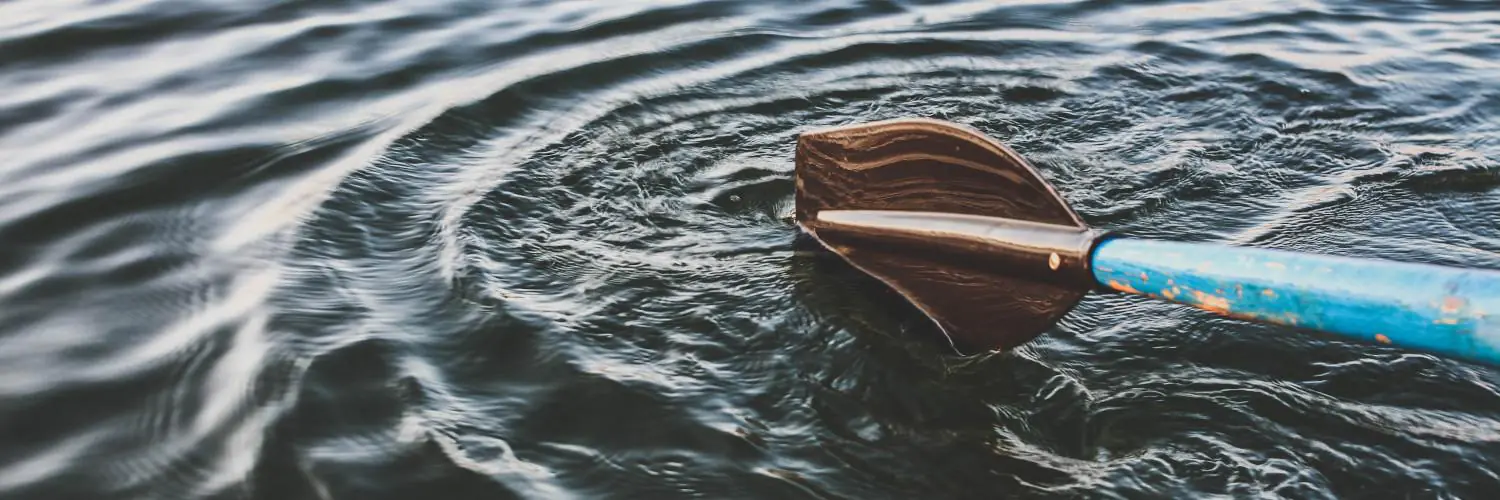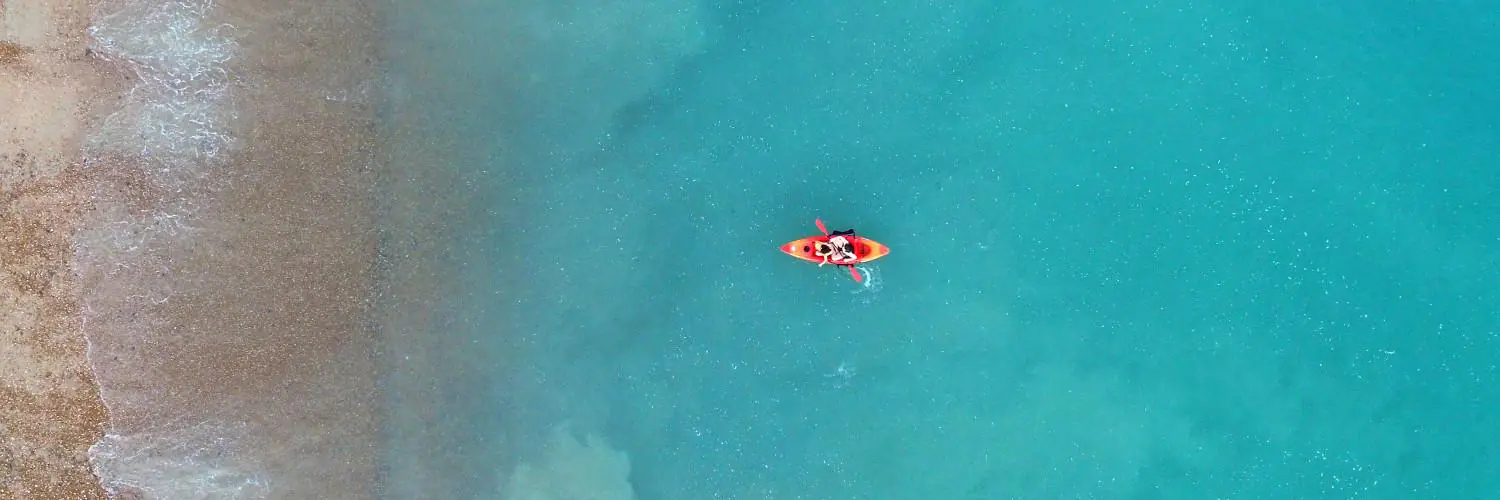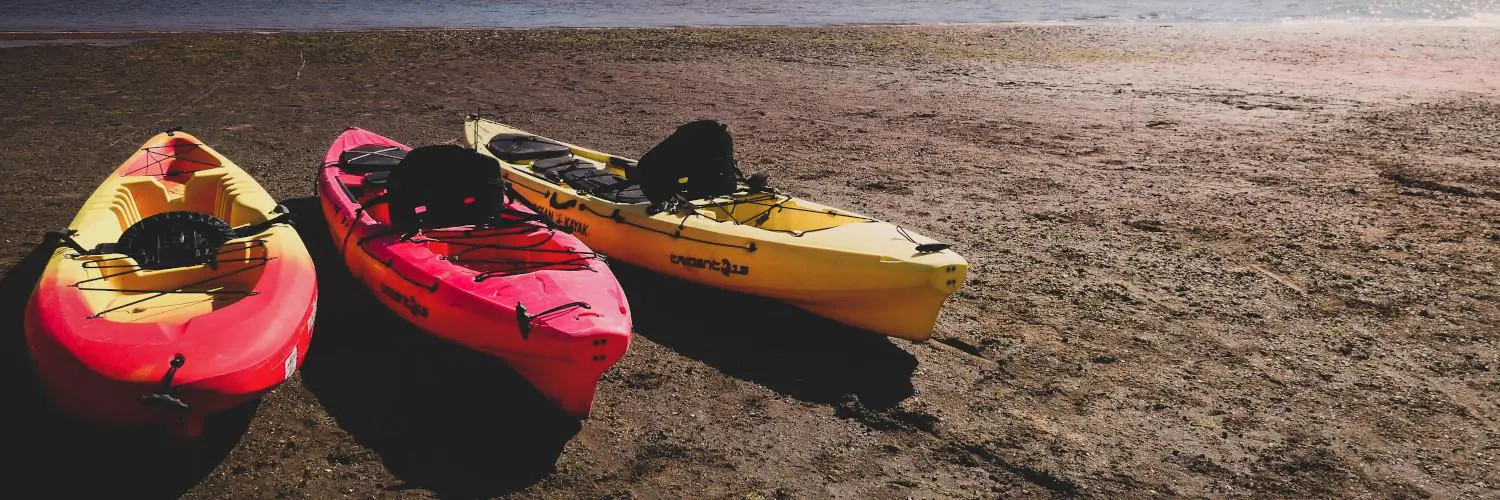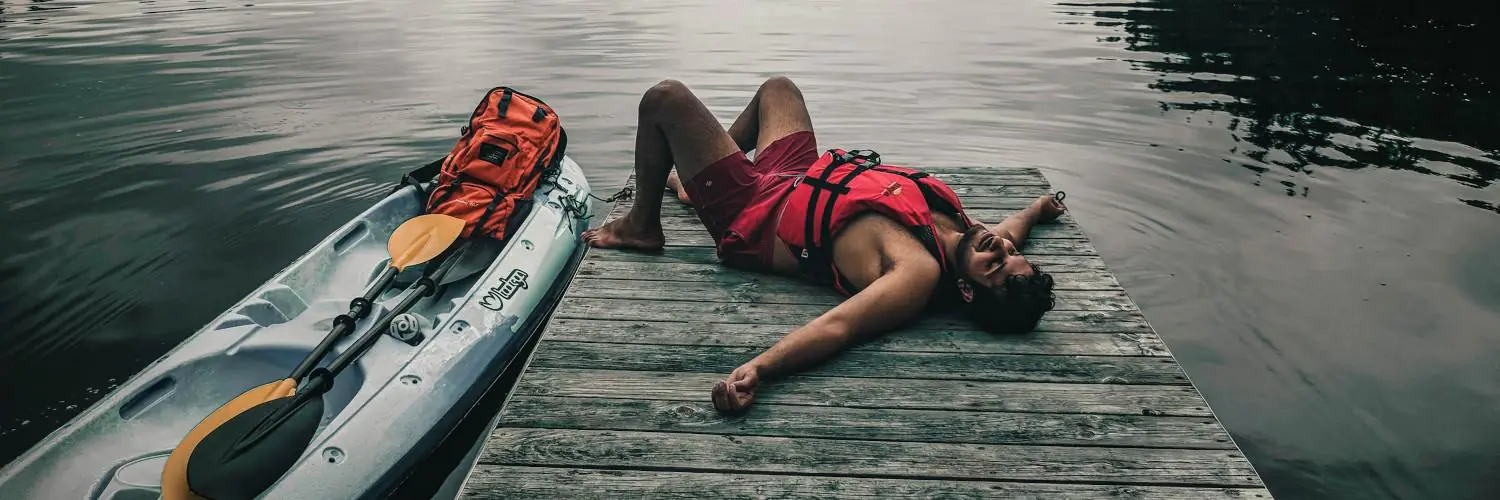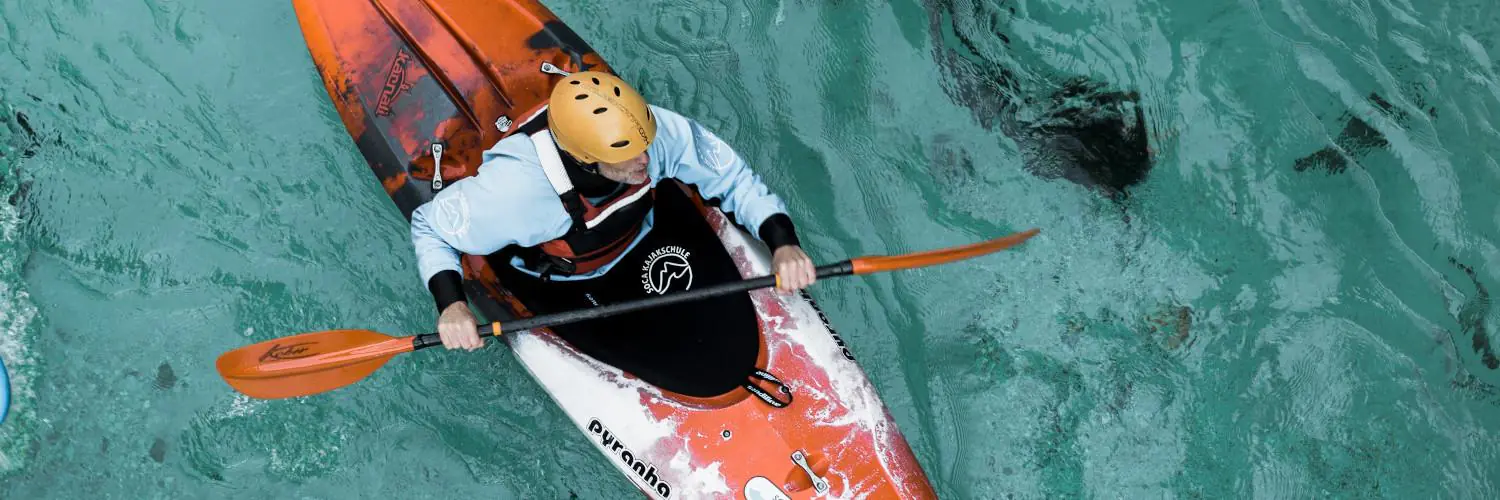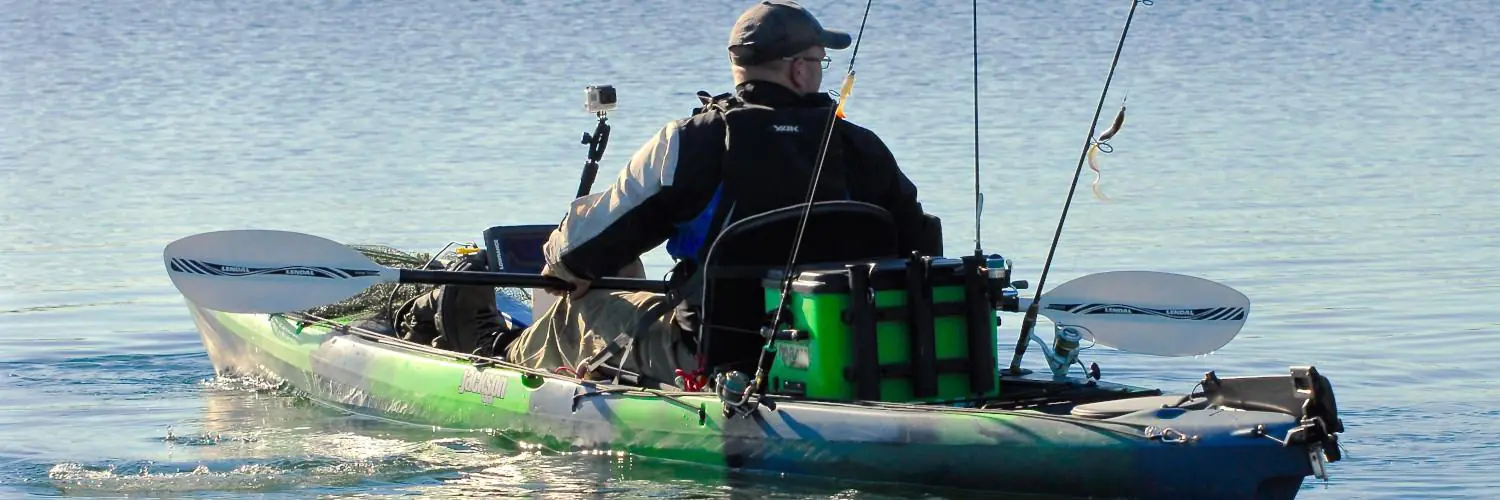Kayak enthusiasts know the importance of safe and convenient transportation for their beloved watercraft.
Boat trailers designed specifically for kayaks offer an excellent solution for getting your kayak to and from the water. These trailers come in various sizes and styles to accommodate different kayak types and numbers.
A good kayak trailer can carry up to four boats and support weight capacities of 350-400 pounds. This allows kayakers to transport multiple vessels at once, making group trips easier.
Many trailers are made from durable materials like galvanized steel or aluminum to withstand exposure to water and weather.
Some kayak trailers offer extra features for added convenience.
Folding designs make storage simpler when not in use. Adjustable supports help secure different hull shapes. Trailers may also include accessories like spare tires or tie-down straps.
With the right kayak trailer, transporting your boat becomes a stress-free part of your paddling adventures.
Table of Contents
Types and Features of Kayak Trailers
Kayak trailers come in different styles to fit various needs. They have key features that make transporting kayaks easier and safer.
Understanding Different Kayak Trailer Types
Single-kayak trailers are great for solo paddlers. They’re small and easy to tow.
Multi-kayak trailers can carry 2 to 4 kayaks at once. These are good for families or groups.
Folding trailers save space when not in use. They’re handy for people with limited storage.
Some trailers are made just for kayaks. Others are multi-sport trailers that can carry bikes or cargo too.
Boat trailers with kayak racks offer versatility. They let you transport both motorboats and kayaks on one trailer.
Material and Build Quality
Most kayak trailers have galvanized steel frames. This metal resists rust and lasts a long time. Some high-end trailers use aluminum. It’s lighter but costs more.
The trailer’s build affects how it performs. Strong welds and thick metal make trailers more durable. Good-quality wheels and tires help the trailer roll smoothly.
Trailers with marine-grade finishes stand up better to water exposure. This is important for kayak trailers that often get wet.
Capacity and Compatibility
Trailer capacity ranges from 350 to 1000 pounds. Lightweight trailers are easier to tow but carry less. Heavy-duty trailers can hold multiple kayaks or tandem kayaks.
The trailer’s design should fit your kayaks. J-cradles hold kayaks on their side. Flat racks let kayaks lay flat. Some trailers have adjustable racks to fit different kayak shapes.
Crossbars on trailers often work with standard roof rack accessories. This lets you add bike racks or cargo boxes. Check that the trailer hitch matches your vehicle’s hitch receiver size.
Essential Kayak Trailer Accessories
A well-equipped kayak trailer makes transport safer and more convenient. Key accessories include securing devices, proper lighting, and extra storage options.
Securing Mechanisms and Safety Features
Tie-down straps are a must-have for keeping kayaks in place during transport. Ratchet straps offer strong, adjustable tension. Cam buckle straps work well for lighter loads.
Kayak cradles provide a secure base for boats. These V-shaped supports cushion the hull and prevent shifting. Some cradles have padding to protect the kayak’s finish.
Safety chains are crucial. They connect the trailer to the tow vehicle as a backup if the hitch fails. Always use DOT-approved chains rated for your trailer’s weight.
Wheel chocks help prevent rolling when parked. Place them snugly against the tires when loading or unloading kayaks.
Kayak Trailer Lighting and Legal Requirements
Proper lighting is vital for safety and legality.
Trailers need working taillights, brake lights, and turn signals. Many states require side marker lights too.
LED lights last longer than traditional bulbs. They’re brighter and use less power. Waterproof housings protect against moisture damage.
A license plate light is often required by law. It illuminates the plate for visibility at night.
Reflectors add extra safety. Place red ones on the rear and amber ones on the sides of the trailer. This helps other drivers see you in low light.
Additional Storage Solutions
Gear boxes mounted on the trailer provide dry storage for paddles, life jackets, and other equipment. Look for weatherproof boxes with secure latches.
Some trailers have built-in compartments beneath the deck. These offer hidden storage for smaller items.
Kayak carriers can be added to increase capacity. J-style carriers hold boats on their side, saving space. Stacker blocks allow vertical storage of multiple kayaks.
Accessory bars let you attach bike racks or cargo baskets. This expands the trailer’s use beyond just kayak transport.
Selecting the Right Kayak Trailer
Choosing a kayak trailer involves considering weight capacity, durability, and user needs. A good trailer makes transporting your kayak easier and safer.
Kayak Trailer Reviews and Recommendations
The Malone Auto Racks MicroSport 4-Boat FoldAway J Kayak Trailer is a top pick. It has a 350-pound weight limit and can carry up to four kayaks. The trailer’s alloy steel frame is strong and reliable.
Right On Trailer makes quality dolly and multi-sport trailer systems. These work well for kayaks, canoes, and other watercraft.
C. E. Smith offers affordable stainless steel options. Their trailers provide good value for budget-conscious buyers.
When looking at reviews, pay attention to user experiences with loading, unloading, and towing. Check for comments about rust resistance and tire quality.
Weight Considerations for Easy Handling
A lightweight kayak trailer is easier to maneuver. Look for trailers under 800 lbs when loaded. This weight range allows for smooth towing with most vehicles.
Aluminum trailers are often lighter than steel ones. They’re a good choice for those who want easy handling.
Consider your kayak’s weight when choosing a trailer. Add up the weight of all your gear to ensure you don’t exceed the trailer’s capacity.
Some trailers have adjustable axles. This feature helps balance the load and makes towing smoother.
Assessing Durability and Maintenance Needs
Durable kayak trailers last longer and need less upkeep.
Look for galvanized steel frames since they resist rust and corrosion, even when exposed to saltwater.
Check if the trailer has a skid plate. This protects the frame from damage when loading and unloading.
High-quality wheels and tires are important. They reduce the chance of flats during transport.
LED lights are more durable than traditional bulbs. They also use less power and last longer.
Regular maintenance keeps trailers in good shape. Look for models with sealed wheel bearings. These need less frequent greasing.
Transporting Kayaks Safely and Efficiently
Moving kayaks requires care and the right equipment. A boat trailer can make the job easier, especially for heavy fishing kayaks. Good planning ensures a smooth trip to the water.
Loading and Unloading Kayaks
Proper loading keeps kayaks safe during transport.
Start by placing the heaviest kayaks at the bottom of the stack. Use padded cradles or J-hooks to hold each kayak in place. Secure kayaks with strong straps at both the front and back.
For unloading, reverse the process. Undo straps carefully. Lift kayaks off one at a time, starting from the top.
Ask for help with heavy fishing kayaks. This makes unloading safer and prevents damage.
Always check that all kayaks are firmly attached before driving. Double-check straps after the first few miles of your trip.
Towing Dynamics and Trailer Stability
A stable trailer is key for safe kayak transport.
Choose a trailer with leaf spring suspension for a smoother ride. This helps protect kayaks from road bumps and jolts.
Balance the load on your trailer. Put heavier kayaks in the center. This improves towing and makes turns easier. Keep the trailer’s tongue weight at 10-15% of the total loaded trailer weight.
Watch your speed when towing. Kayaks can catch wind, affecting stability.
Slow down in strong winds or when passing large trucks. Use trailer brakes if your load is heavy. This gives better control, especially when stopping.
Check tire pressure before each trip. Proper inflation helps with stability and fuel efficiency. Also, grease wheel bearings regularly to prevent overheating.
Installation and Maintenance Tips
Setting up and taking care of a kayak trailer is key for safe transport. Regular upkeep helps prevent issues on the road.
Assembly Instructions and Setup
Most kayak trailers come in parts and need assembly.
Read the manual before starting. Gather all tools first.
Start with the frame, then add wheels and axles. Attach the tongue to connect the trailer to your vehicle. Install lights and wiring next.
Add kayak racks or supports last. The Malone EcoLight 2-Boat V-Rack is a good option for carrying two kayaks.
Make sure all bolts are tight. Test lights and turn signals before use.
Adjust trailer height if needed. Check that the hitch ball size matches your vehicle. Attach safety chains as a backup. Practice loading kayaks to find the best position for balance.
Routine Maintenance and Care
Check tire pressure before each trip.
Look for cracks or wear on tires.
Keep wheels greased to prevent rust.
Inspect lights before driving.
Replace any burnt-out bulbs right away.
Clean the trailer after use, especially if it got wet.
Rinse off salt water to stop corrosion.
Dry metal parts to avoid rust.
Tighten loose bolts and nuts.
Grease the wheel bearings yearly.
Check the suspension and springs for damage.
Replace worn-out parts promptly.
Store the trailer in a dry place when not in use.
Cover it to protect from sun and rain.
Test brakes regularly if your trailer has them.
Keep the hitch and coupler clean and lubricated.
Inspect straps and tie-downs for wear.
Replace if frayed or damaged.

